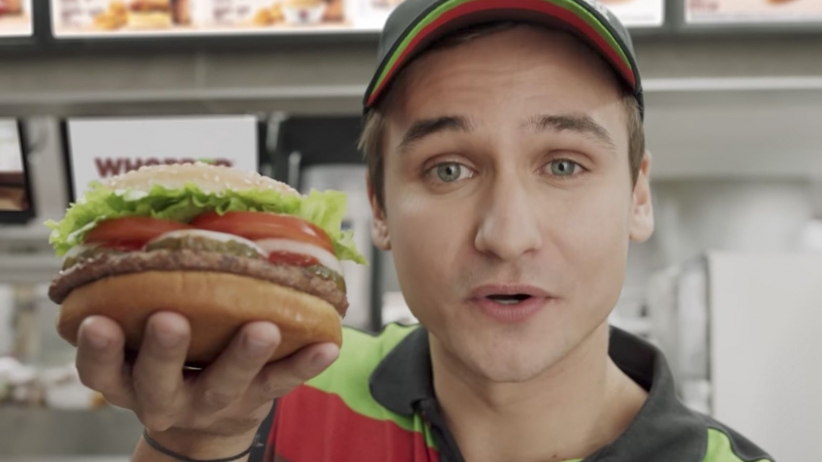How to Do Interactive Marketing the Right Way. The ad garnered attention all right, but not the right kind; and critics called Burger King out for being gimmicky and invasive. Interactive: Heating up marketing departments Interactive marketing comes in numerous forms: content marketing, trigger-based marketing, event marketing -- the list goes on. For McDonald's, a win-win scenario was established because its approach felt less like a hard sell to the consumer. She understands that people are willing to pay more for brand experience -- especially when the experience meets the client need for relevant, high-quality service. In some cases, consumers are willing to pay as much as 10 percent more for a brand with an associated experience than for the same product without. Similarly, your business may be able to make use of live streams as well. Make the audience part of the marketing. When was the last time you abandoned an online shopping cart? The 2013-2014 "Share a Coke" campaign may have been one of the most widely seen interactive marketing campaigns ever.

As with most business strategies, interactive marketing can be done very well — or very poorly. Regrettably, Burger King recently made just such a major interactive gaffe.
The company’s motivation was solid: Get an artificial intelligence platform to be its sales partner. How? Burger King ended a commercial not with a call to action but an odd challenge: “Okay, Google. What’s in a Whopper?”
The point was to make Google’s AI device, the Google Home, respond, and it did, as did Android phones. As expected, these devices linked to the Whopper’s entry on Wikipedia, which Burger King had carefully pre-edited to define its burger combo in yummy terms.
The problem? Viewers with a mischievous streak quickly redited that entry, replacing, for instance, “meat” with “child” and one of the ingredients with “cyanide.”
The ad garnered attention all right, but not the right kind; and critics called Burger King out for being gimmicky and invasive.
Of course, the fast food chain wasn’t the only behemoth to dance with interactive marketing. McDonald’s did, too — but brilliantly. Its ad featured actress Mindy Kaling requesting viewers to ask Google “where Coca-Cola tastes so good,” prompting all those millennials to do just that. McDonald’s name was not even mentioned — but was obvious. This strategy produced kudos, not thumbs down, from the marketing world.
These examples illustrate just how slight the difference can be between pulling off excellent interactive marketing or bombing on a global stage.
No wonder executives everywhere are engaging in serious due diligence before giving the green light to any interactive marketing campaign. They realize that with the immediacy of a social-driven population, wiggle room is virtually nonexistent; still, they can’t afford to ignore this emerging trend.
Interactive: Heating up marketing departments
Interactive marketing comes in numerous forms: content marketing, trigger-based marketing, event marketing — the list goes on. But what really matters is that all interactive marketing has a stickiness that binds the user to the marketed product or service. It’s symbiosis, a give-and-take relationship.
You can foster successful relationships using interactive marketing, but only if both parties get something out of the deal. In the case of Burger King, that didn’t happen because its approach was off-putting. For McDonald’s, a win-win scenario was established because its approach felt less like a hard sell to the consumer. Instead, it was all about the experience.
Just ask…

COMMENTS